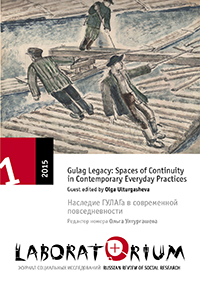Anya Bernstein. Religious Bodies Politic: Rituals of Sovereignty in Buryat Buddhism. Chicago: University of Chicago Press, 2013
Main Article Content
Abstract
Religious Bodies Politic: Rituals of Sovereignty in Buryat Buddhism is an original and timely contribution to our understanding of the transnational and political dimensions that Buddhism develops in a postsocialist context—in the present case, the shifting terrains inhabited over the last century, and in particular since the 1990s, by Buryat Buddhists between Russia and the larger Mongol and Tibetan Buddhist worlds. Drawing on recent conceptualizations of “bodies politic,” “sovereign bodies,” and “biopolitics,” Anya Bernstein focuses on a variety of settings in which bodies of living, dead, or reincarnated Buddhist practitioners become sites upon which politics of religio-cultural sovereignty plays out, and postsocialist economic, moral, and political transformations can be read.
Keywords
Anthropology of Buddhism, Buryat Buddhism, Religious and Cultural Sovereignty, Transnational Religion, Religious Bodies, Reincarnation, Teacher-Disciple Relations, Periphery-Center Relations
Abstract 139 | PDF Downloads 59 HTML Downloads 24

